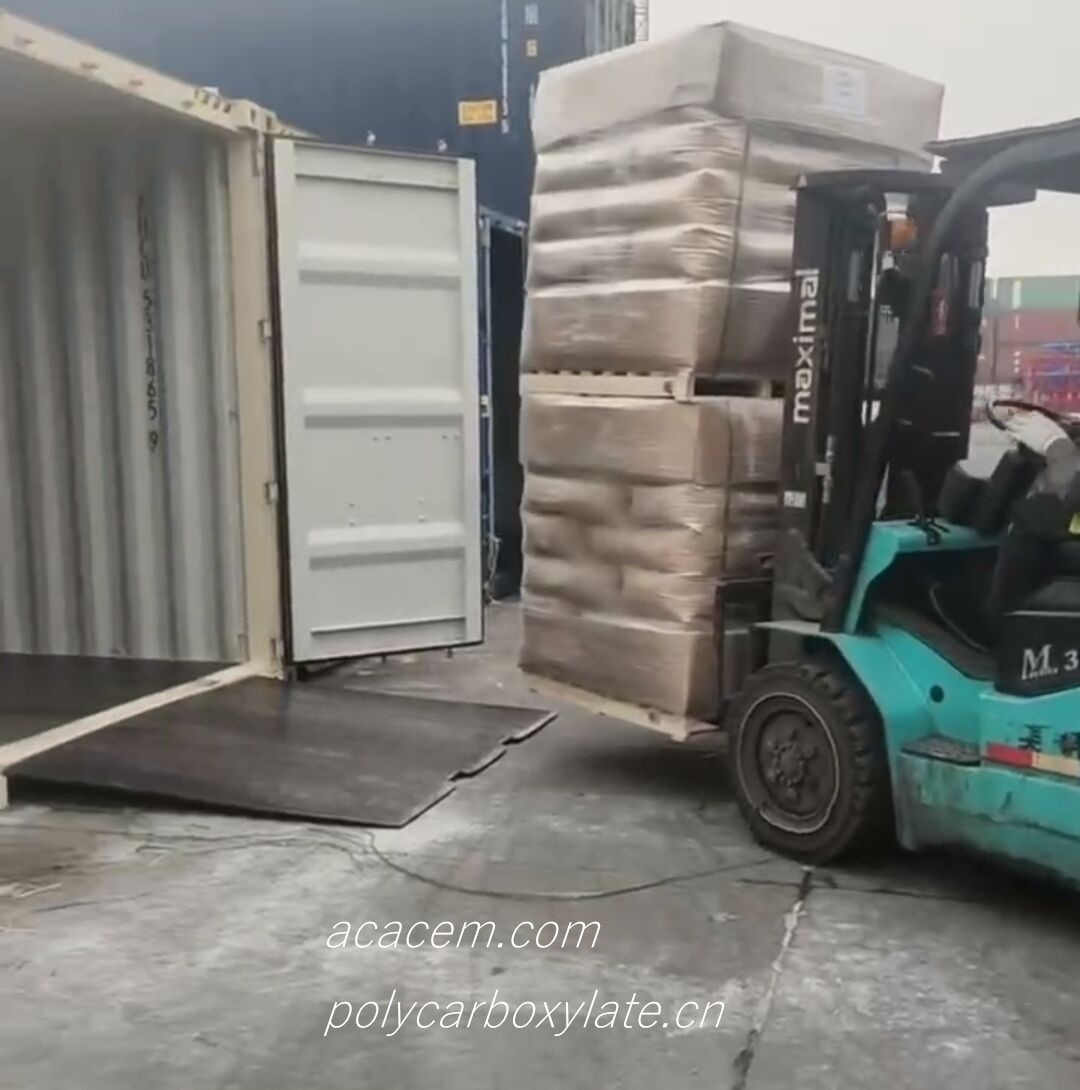How does microsilica work in concrete?

Keywords
Microsilica, silica fume, concrete, CSH gel, pozzolanic effect, mechanism of action
Microsilica fume is one of the essential functional materials for high-performance concrete. How does it realize its performance advantages in the internal structure of concrete? How does it work inside concrete? Let’s find out.
As we all know, the average particle size of microsilica fume is 0.1um, which is only a few hundredth of the average particle size of cement. After being mixed into cement concrete, it can well fill the voids of cement particles, making the slurry more dense.
Microsilica fume also has a pozzolanic reaction, that is, after microsilica fume comes into contact with mixing water, it first forms a silicon-rich gel and absorbs water. The gel gathers between cement particles that have not yet been hydrated, gradually wrapping the cement particles, and the hydration products Ca(OH)2 reacts with the surface of the above-mentioned silica gel to form C-S-H gel. The strength of this hydrate gel is higher than that of Ca(OH)2 crystal. C-S-H gel is mostly produced in the pores of cement hydrated C-S-H gel, which greatly improves the structural density of concrete. Therefore, it has excellent pozzolanic effect and particle effect, and can improve the bleeding and cohesion of fresh concrete.
Key performance advantages
Increase strength: Use microsilica fume to replace part of the cement and add it to the concrete, which increases the density and cohesion, greatly enhancing the compressive and flexural strength of the concrete. Adding 5% to 10% of microsilica fume can increase the compressive strength by 10% - 30%, and the flexural strength is increased by more than 10%.
Increase density: Microsilica powder can evenly fill the voids of cement particles, making the concrete denser and overcoming the common void shortcomings of concrete. Tests on water permeability and carbonation depth have shown that the impermeability can be increased by 5~ 18 times, and the anti-carbonation ability is increased by more than 4 times.
Frost resistance: Tests show that after 300 to 500 rapid freeze-thaw cycles of microsilica fume concrete, the relative dynamic elastic modulus decreases by 1%-2%, while ordinary concrete only passes 25 to 50 cycles, and the relative dynamic elastic modulus decreases 36%- 73%.
Early strength: After microsilica fume is added to concrete, it combines with free Ca(OH)2, thereby reducing the concentration of Ca+2 and OH-, shortening the induction period, and promoting C2S hydration, which shows that microsilica fume makes concrete early. It has strong characteristics. According to data, microsilica powder can increase the strength of concrete by 30% in 18 hours.
Resistance to abrasion and cavitation erosion: More than 60% of hydraulic structures in my country are damaged by varying degrees of abrasion and cavitation erosion. Tests have shown that microsilica fume concrete is 0.5 to 2.5 times more resistant to abrasion than ordinary concrete, and 3 to 16 times more resistant to cavitation erosion.






